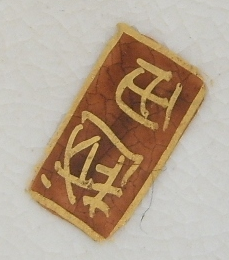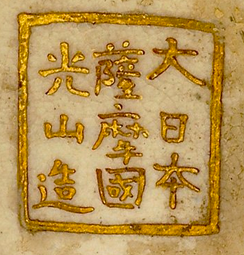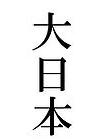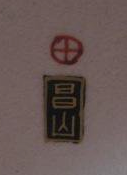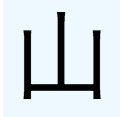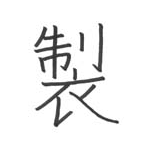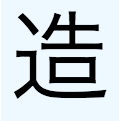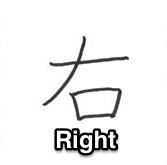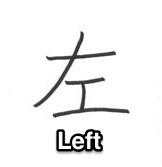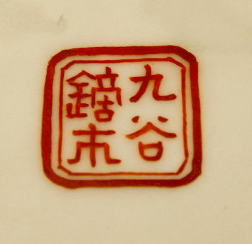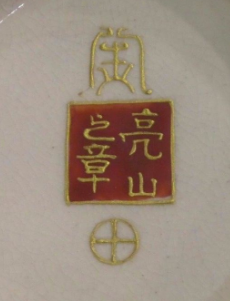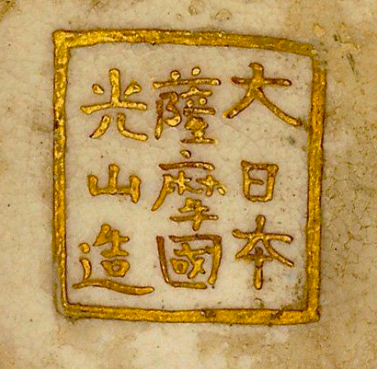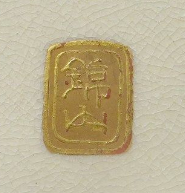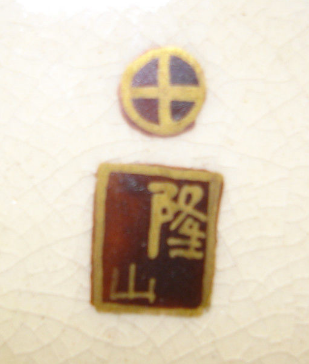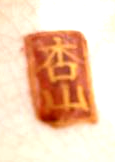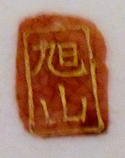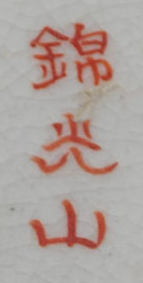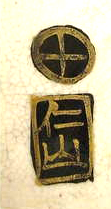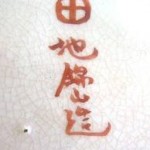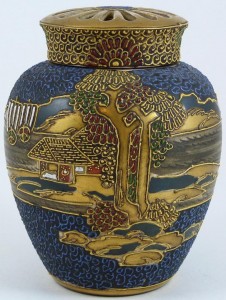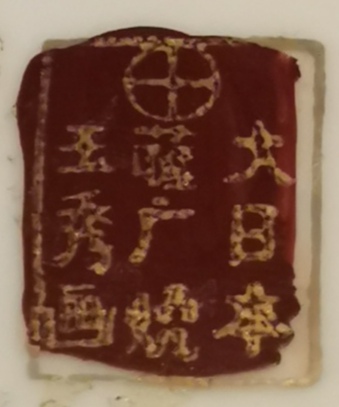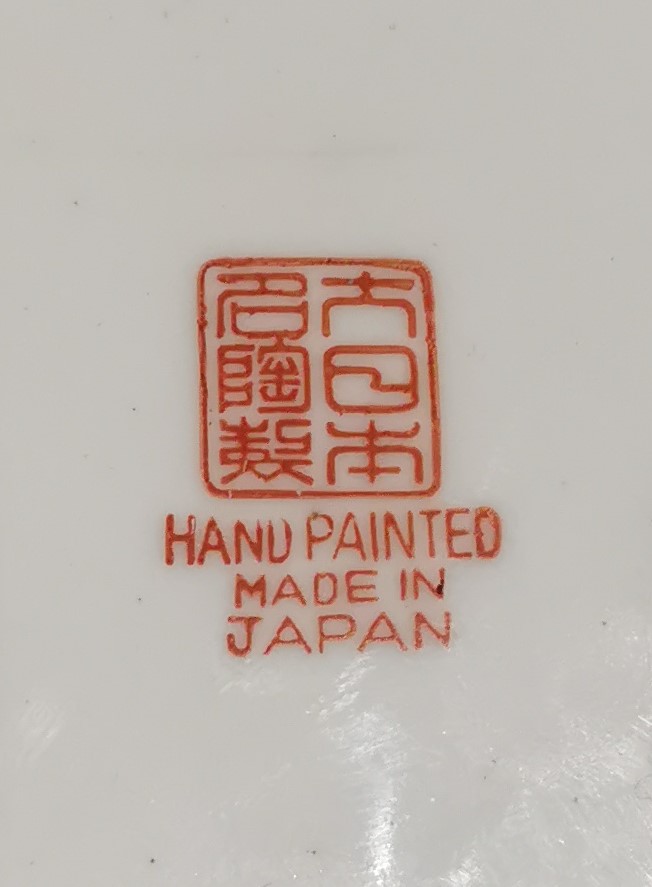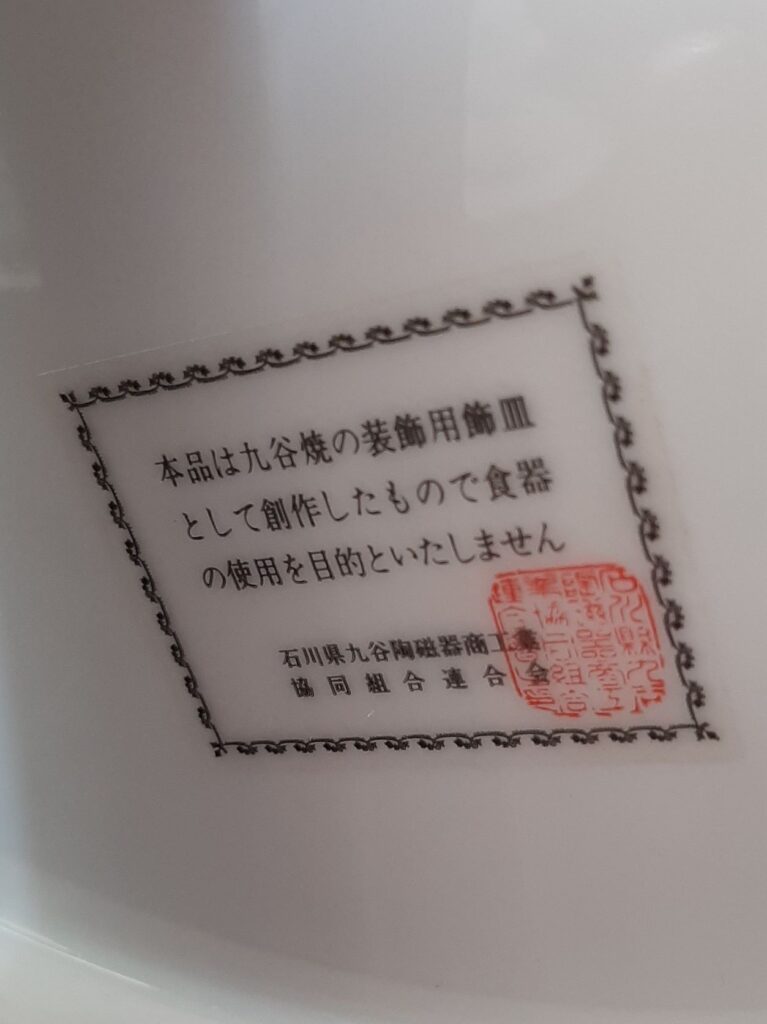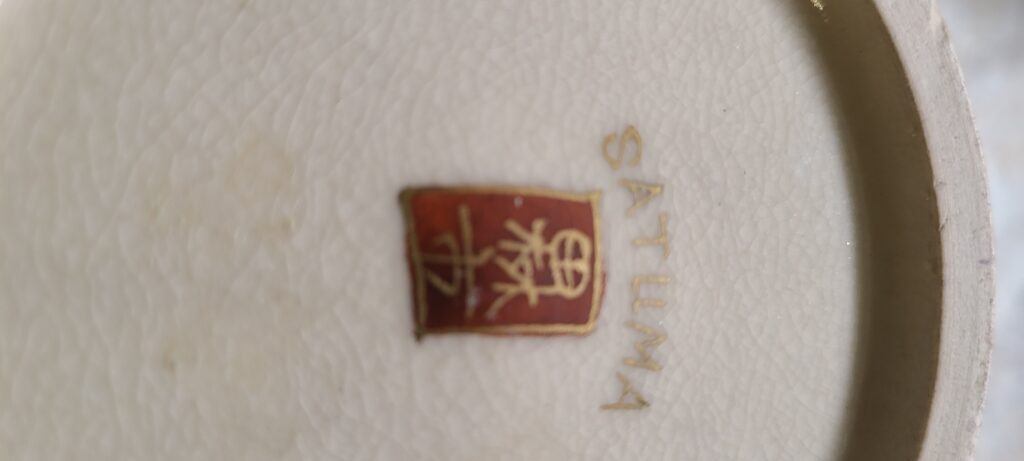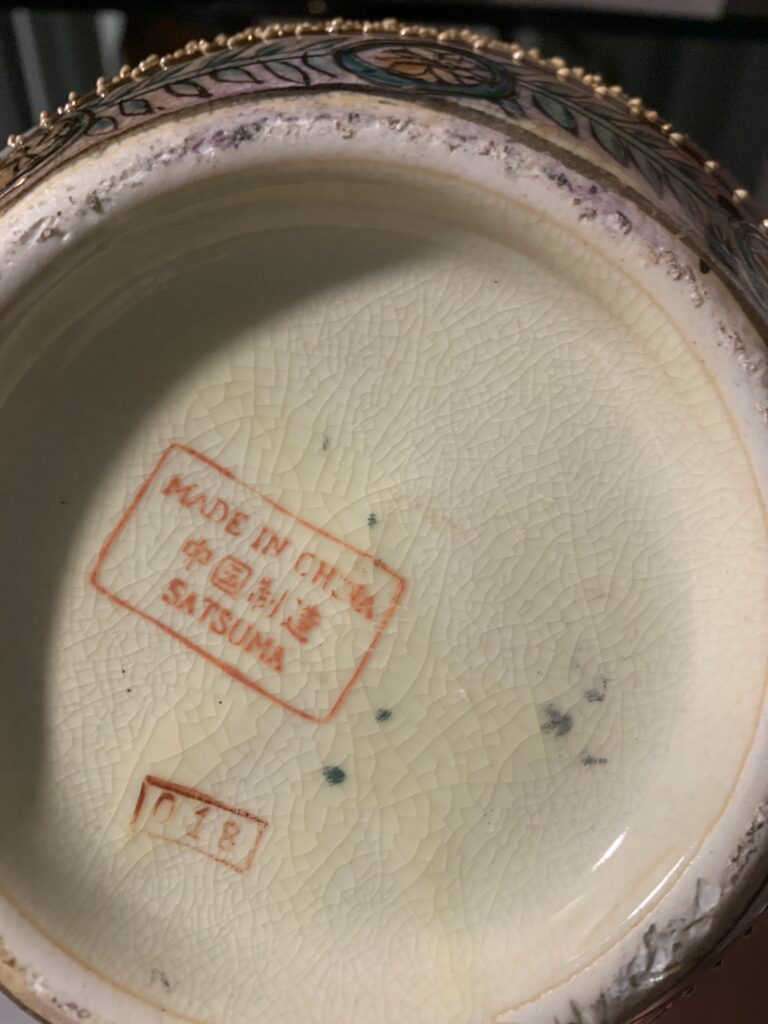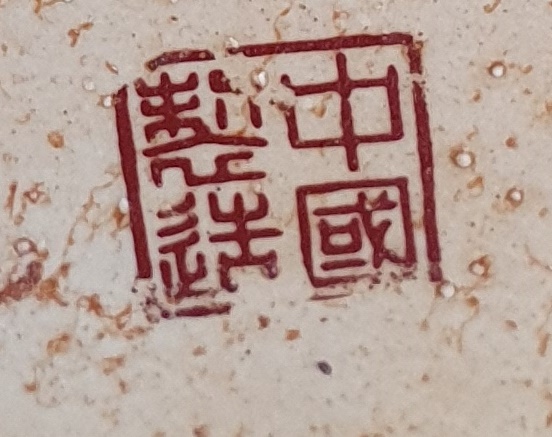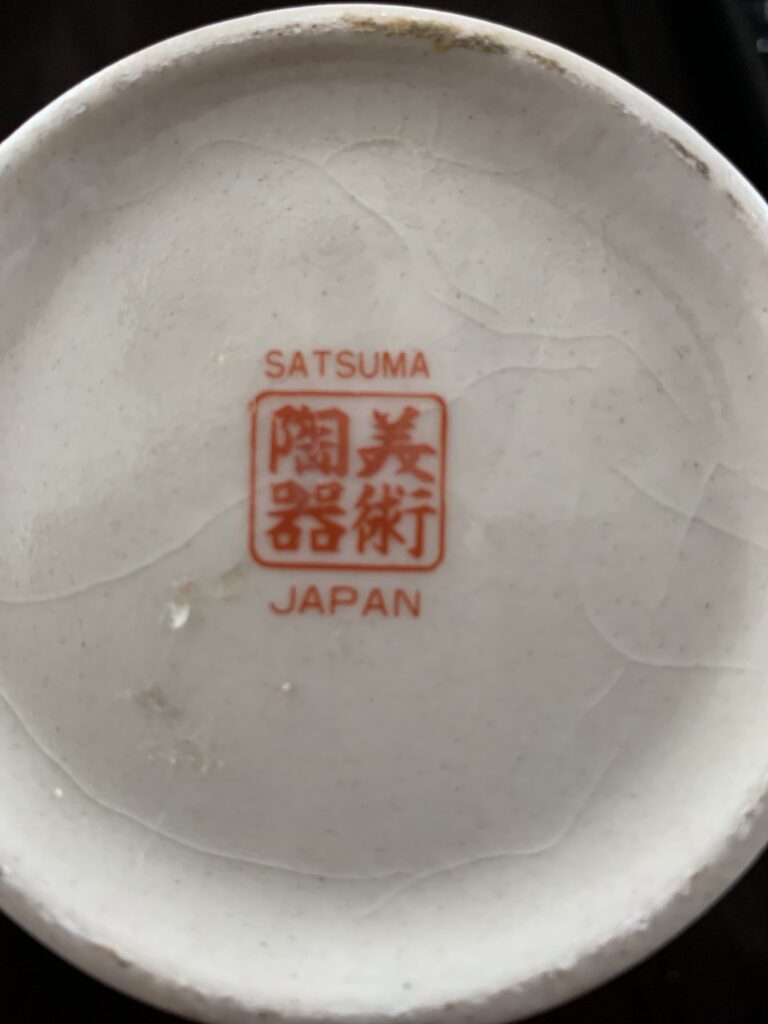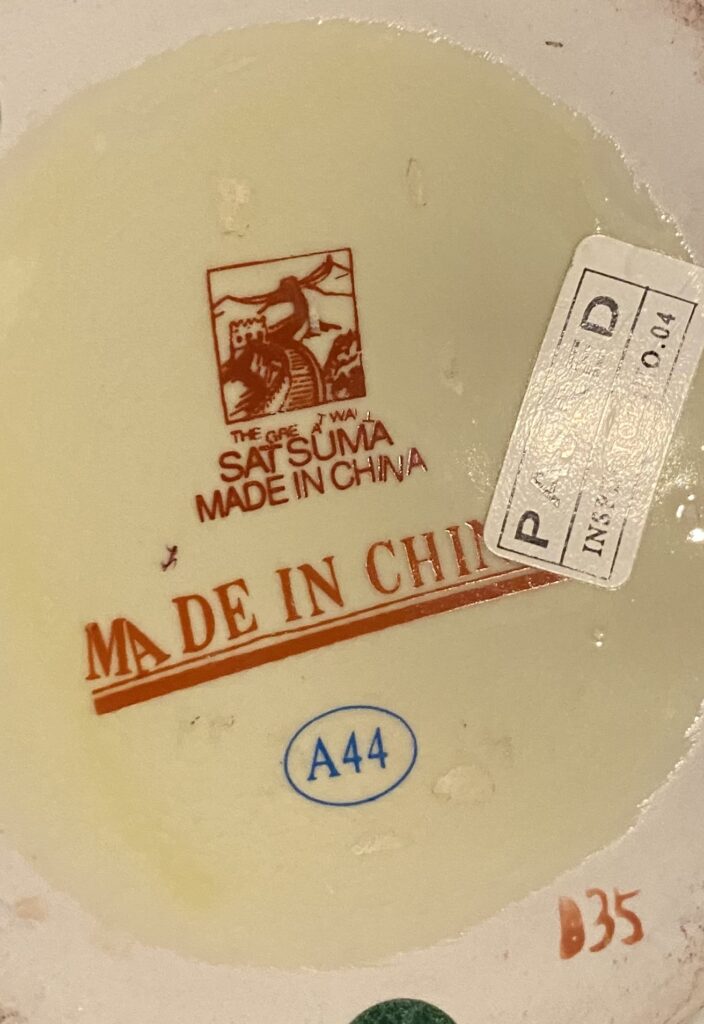Antiques and Satsuma Pottery are one of the most popular items on e-commerce sites like eBay and Etsy.
However, many people get burned by purchasing an item without first asking themselves a few essential questions.
In this blog post, we discuss important things to consider before you buy Satsuma antiques online, so that you can be sure of your purchase and avoid any uncomfortable surprises!
What is the item's condition and how does it compare to other items of its kind?
If the item is used, make sure to ask about its condition. If it's not in good shape, you will want to negotiate a lower price or be prepared for the unexpected.
Look for any damage to the object and make sure to ask about it before making your purchase. As a general rule, if an item has been well preserved, you should be able to see less wear on the surface of the object.
Beware Satsuma Vases that have been drilled and turned into lamps. Even if it is a real antique, the value has been decreased by whomever did this heinous act. Report them to the Satsuma Police immediately 🙂
You can also compare prices from different sellers for items in similar condition so that you know how good or bad this piece is. eBay is your friend for this task.
Ask to see detailed images of the item and the makers mark.
If you are buying a Satsuma piece, the marking will tell you if it is real or not.
- Words in English such as "SATSUMA MADE IN CHINA" are a good sign the item is a mass-produced item, not a genuine antique.
- Does the marking look hand-painted or stamped - how perfect does it look?
- Can you confirm the marking is genuine via sites like Gotheborg?
- Read our page with tips for telling if a Satsuma piece is genuine.
- Ask the seller for a copy of the valuation document if it exists, or ask them to get one before you buy.
Is there a guarantee or warranty on the item?
Many antique sellers and traders offer a warranty on the items they sell. If you are unsure of the item's condition, this is a good way to protect yourself.
If you find a Satsuma piece that doesn't have a warranty attached, ask for one.
In general, if it seems like too much risk or uncertainty on what you're buying without some kind of guarantee in place first then don't enter into any negotiation.
Always err on the side of caution if you are not 100% sure of the seller and item.
Does the seller offer a return policy?
Buying anything online can be risky and even more so for antiques you have not seen in person. Therefore, it is important to ask the seller if they offer a return policy.
If not, then you should either look for another seller or do your best to find out as much information on the item before making purchase.
How much will it cost to ship the item, and what are my shipping options?
Some Satsuma items can be heavy or fragile. It is worth exploring shipping options, and estimating shipping costs, to avoid surprises.
You don't want your Satsuma Vase to get shattered while in transit.
Shipping options include FedEx, UPS, USPS Express and Priority Mail. You want to ensure that your antiques are properly handled so they arrive at your home without incident!
Or even better, if you can arrange to collect it in person, even better.
What payment methods can I use with this seller?
If the antique you want to buy is very valuable, then you will have the option of using a wire transfer for payment. Make sure you ask about this before ordering anything as it may cost more than originally thought. For any other type of product, PayPal and credit cards are accepted forms of payment with most sellers on eBay.
Many credit cards offer some sort of buyer protection, so they can be a good option, especially if you are spending lots of money on an item.
Beware of scams when buying from eBay. Make sure the seller has a good reputation and no bad recent feedback.
Also make sure the seller is not asking for payment via an odd method, such as iTunes gift cards or any other pre-paid gift cards. This is a sure sign of a scam and should be reported to the site you are buying from straight away.
Does the seller offer international shipping services?
Many sellers do offer international shipping services, but it will vary from one seller to the next. Make sure you look for this information before ordering and know what kind of extra costs could be incurred during the purchase process (if any).
Some additional things to take into consideration are how much time is needed for processing orders, restrictions on sending items overseas or any import taxes or duties.
